In recent years, the digital art and finance world has undergone a revolutionary transformation with the advent of Non-Fungible Tokens (NFTs). This groundbreaking technology has opened new avenues for artists, collectors, and investors, bridging the gap between the tangible and the digital. In this comprehensive guide, we delve deep into the world of NFTs, from their inception to their role as tokenized assets, providing an insightful understanding of this rapidly evolving landscape.
The Rise of NFTs: A Digital Art Renaissance
NFTs, short for Non-Fungible Tokens, have emerged as a disruptive force in the art world, redefining how we perceive, create, and trade digital art. Unlike cryptocurrencies such as Bitcoin or Ethereum, which are fungible and interchangeable, NFTs are unique cryptographic tokens representing ownership of a specific digital asset. This uniqueness has breathed new life into the digital art space, allowing artists to authenticate and monetize their creations in ways previously unattainable.
Empowering Digital Artists
The NFT movement has empowered digital artists like never before. With traditional art forms confined by physical limitations, digital artists can now fully embrace their creative visions without the constraints of canvas or sculpture. Through NFTs, artists can tokenize their work, establishing proof of ownership and allowing for the creation of limited editions. This, in turn, has given rise to new business models, enabling artists to earn royalties each time their NFT is resold—a concept virtually unheard of in the traditional art world.
Collectors and Connoisseurs
For collectors and art enthusiasts, NFTs offer a novel way to engage with and support their favorite artists. Owning an NFT is not merely possessing a piece of art but holding a digital artifact secured by blockchain technology. This newfound sense of ownership and rarity has sparked a vibrant community of collectors who value both the aesthetic and the technological significance of NFTs.
NFTs Beyond Art: Tokenized Assets and Beyond
While NFTs gained prominence in art, their utility extends far beyond creative expression. These digital tokens have paved the way for tokenizing various real-world assets, including real estate, virtual real estate, virtual goods, and even moments in time. This shift has broadened the scope of NFTs, transforming them into versatile financial instruments.
Tokenized Assets: Redefining Ownership
The concept of tokenizing assets involves representing ownership of physical or digital assets through NFTs. For instance, real estate properties can be divided into NFTs, allowing for fractional ownership and democratizing access to high-value assets. This innovation can potentially revolutionize industries by increasing liquidity and reducing barriers to entry.
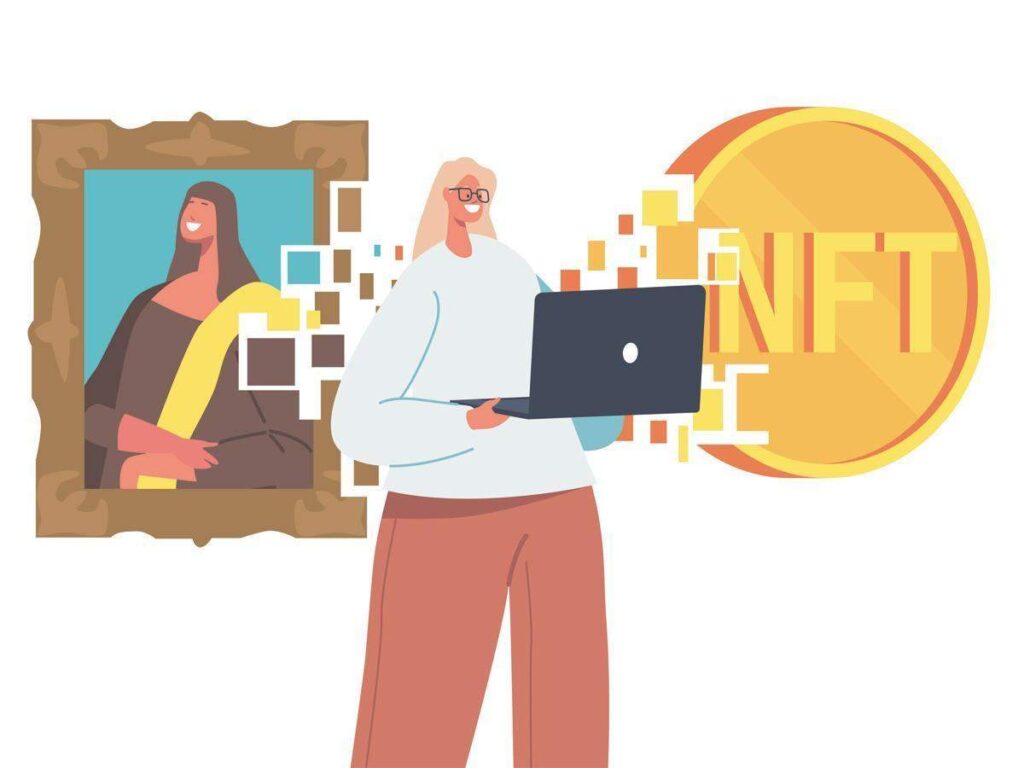
Virtual Real Estate: Building Digital Worlds
Virtual real estate, a novel frontier within the NFT ecosystem, has gained traction with the rise of virtual reality and metaverse concepts. Parcels of virtual land can be bought and sold as NFTs, enabling users to build, develop, and monetize virtual spaces. As the metaverse gains momentum, virtual real estate NFTs are expected to be pivotal in shaping how we interact with digital environments.
Moments and Memories: NFTs in Time
NFTs have even transcended physical and virtual assets, allowing the tokenization of moments and memories. This concept involves encapsulating significant events, such as a historic sports moment or a celebrity interaction, into NFTs. These tokens serve as verifiable records of unique experiences, creating a new dimension of collectibles that resonate with many enthusiasts.
The Future Landscape of NFTs
The NFT ecosystem continues to evolve rapidly, with innovative use cases emerging regularly. From art and collectibles to real-world assets and beyond, NFTs have demonstrated their versatility and potential to reshape industries. As blockchain technology matures and mainstream adoption grows, NFTs are poised to become integral to our digital and physical lives.
In conclusion, NFTs have ushered in a new era of creative expression, ownership, and financial innovation. The fusion of technology and art has created an interconnected ecosystem that empowers artists, collectors, and investors. With their ever-expanding utility, NFTs are rewriting ownership rules and transforming how we interact with the digital and physical world.








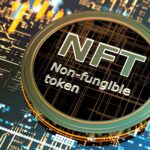





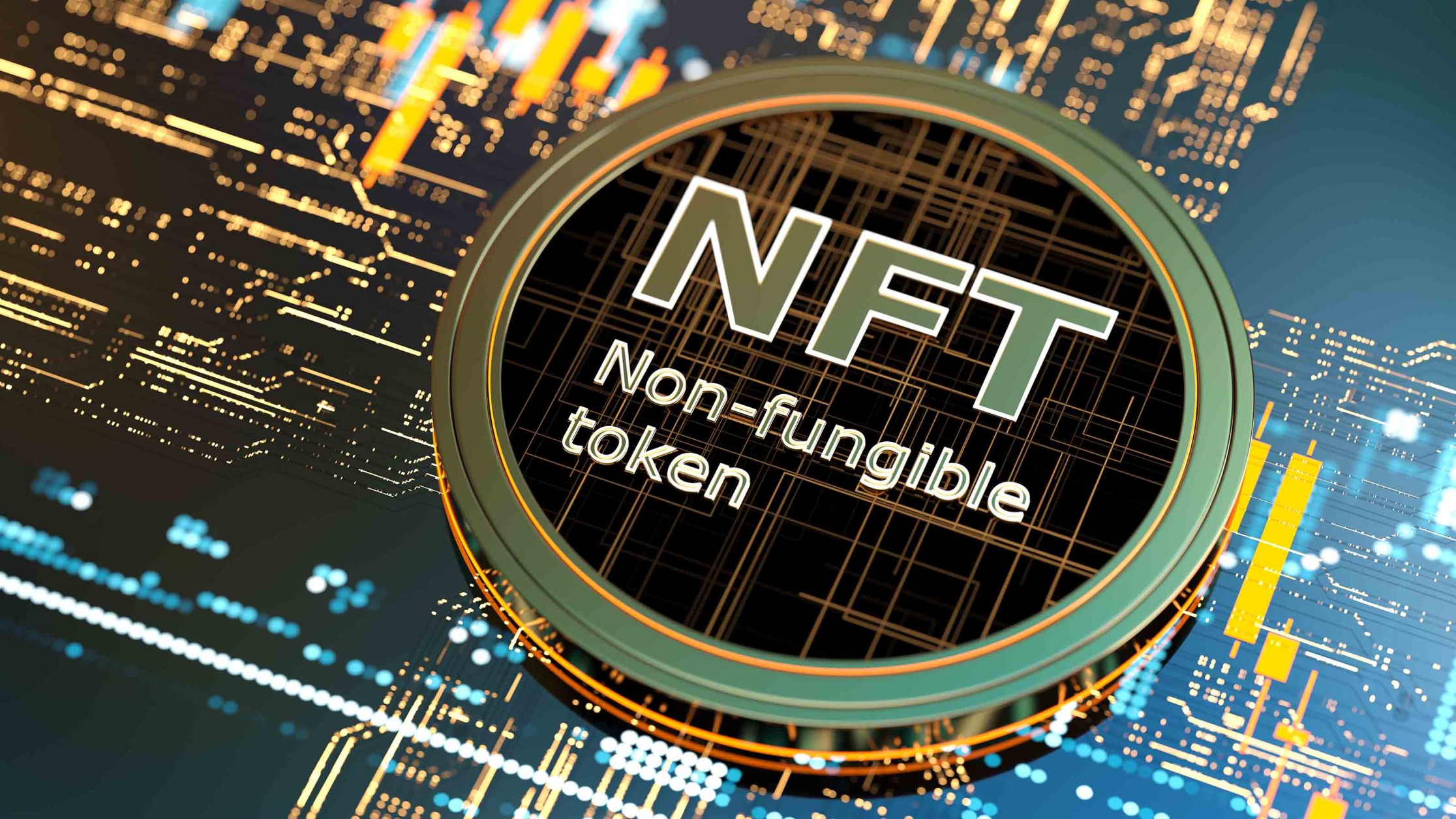

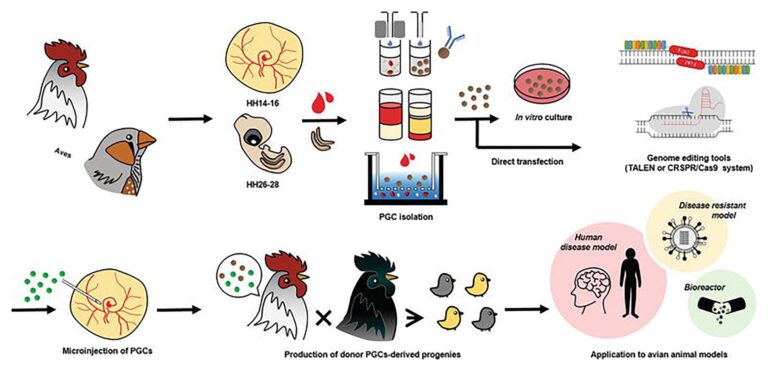

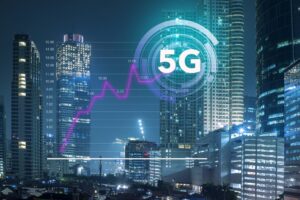


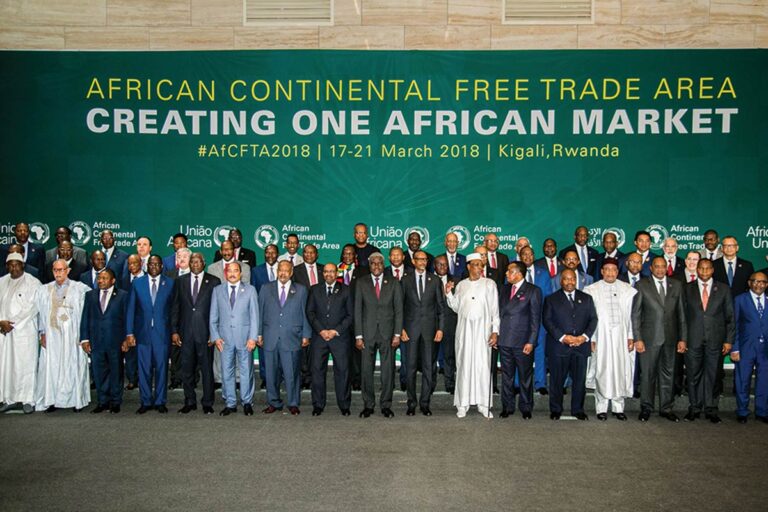


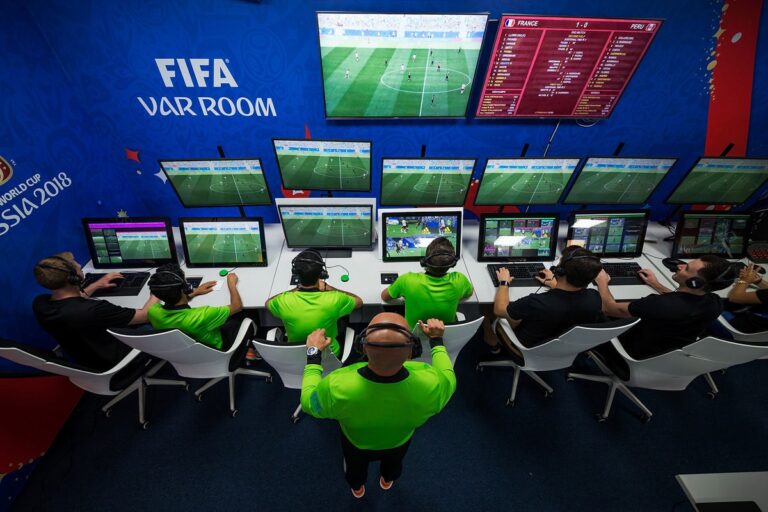
+ There are no comments
Add yours